A Web Application Firewall (WAF) is a specialized security tool designed to protect web applications by monitoring and filtering HTTP traffic between a web application and the Internet. It plays a crucial role in safeguarding against threats and vulnerabilities.
WAFs help defend web applications from several common threats by analyzing requests to prevent malicious data from passing through. These solutions work by effectively blocking common attacks such as SQL injection and cross-site scripting, offering a degree of security that firewalls alone cannot achieve. By performing deep packet inspection, WAFs ensure only legitimate traffic reaches the application, thus protecting sensitive data and maintaining user conformity.
What features are important in a WAF?In e-commerce, a WAF ensures customer data remains secure by protecting against frequent threats targeting transactional data. Financial institutions use WAFs to maintain the integrity of sensitive information and prevent unauthorized access. In healthcare, these solutions help safeguard patient information by compliance with data protection standards.
Organizations utilize WAFs to secure their web applications against increasingly sophisticated cyber threats. They are an effective defense mechanism that complements existing security strategies, offering both protection and peace of mind for businesses managing online platforms.
| Product | Market Share (%) |
|---|---|
| Fortinet FortiWeb | 8.1% |
| F5 Advanced WAF | 7.8% |
| Imperva Application Security Platform | 7.6% |
| Other | 76.5% |






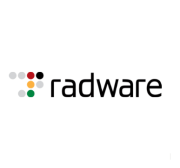
































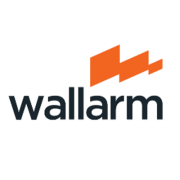

















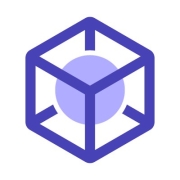




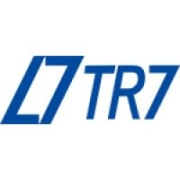




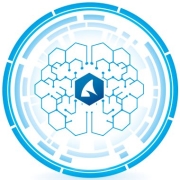






















A WAF works by preventing unauthorized data from leaving the app by adhering to a set of policies that help determine what traffic is malicious and what traffic is safe. A WAF acts as a transparent reverse proxy, or an intermediary that protects the web app server from a potentially malicious client. The proxy ensures that all traffic passes through it and separately sends filtered traffic to the application, hiding the IP address of the application service. In order to work properly, many WAFs require you to update their policies regularly to address new vulnerabilities. The policies tell the firewall what needs to be done if vulnerabilities or misconfigurations are found. Some WAFs, however, use machine learning to enable policy updates automatically.
A WAF is usually placed close to the internet-facing applications. In most application architectures, a WAF is typically positioned behind the load-balancing tier to maximize utilization, reliability, performance, and visibility.
Without properly securing web applications, organizations face a very high risk of leaking their data. Attackers can always exploit the vulnerabilities of an application to gain access to the database, after which they could view, change, delete, and even exfiltrate data. If you do not have a WAF in place, data breaches are more likely to occur, which could potentially lead to the deterioration of customer trust, reputation, brand value, and share value, as well as direct financial loss due to heavy fines. In addition, a WAF is necessary because it helps meet compliance requirements, apart from also providing data encryption and multi-factor authentication.
A Web Application Firewall acts as a shield for your web applications by monitoring and filtering incoming HTTP/S traffic. It identifies and blocks malicious actions, including DDoS attacks. By inspecting incoming requests and using rate limiting, a WAF can mitigate the effects of massive, overwhelming traffic that characterizes a DDoS attack, ensuring your application remains accessible.
What is the difference between Web Application Firewall and Network Firewall?While both WAF and Network Firewall serve security purposes, they operate differently. A Network Firewall inspects traffic between networks, offering protection against threats like unauthorized access at the network level. In contrast, a WAF specifically safeguards web applications by analyzing HTTP/S requests, preventing injection attacks, cross-site scripting, and other application-layer threats.
How can a Web Application Firewall improve compliance?A WAF assists in meeting various regulatory compliance requirements, such as PCI DSS, by offering features like data protection and logging. It helps ensure sensitive data is not exposed or improperly stored, effectively tracking access and logging malicious activities. By doing so, you maintain a secure environment that adheres to industry standards.
Can a Web Application Firewall help with zero-day threats?A Web Application Firewall is adept at recognizing suspicious behavior even from unknown threats, offering some level of protection against zero-day vulnerabilities. By using advanced algorithms and anomaly detection, it can block new threats before patches are available, providing crucial time to address the underlying vulnerabilities.
What are some strategies to configure a Web Application Firewall effectively?Effective WAF configuration involves regular updates to the rule sets, comprehensive testing, and customization to fit specific application needs. Regularly reviewing and updating policies according to emerging threats is essential. It is crucial to balance security with usability, ensuring legitimate traffic is not unintentionally blocked while maintaining robust protection.